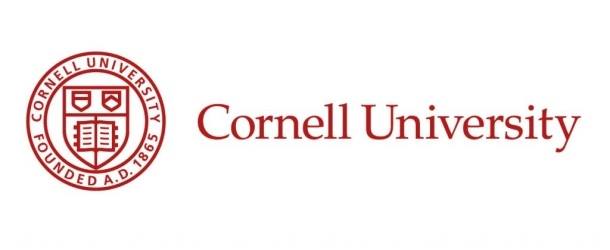Mixing semiconductors and quantum tech with new composite

(ScienceBlog) Researchers from Paul Scherrer Institute PSI and Cornell University have identified a material that could integrate quantum devices into semiconductor technology, making electronic components significantly more powerful.
Current electronic infrastructure is based mostly on semiconductors, a class of materials developed in the middle of the 20th century and which has been improving ever since. Currently, the most important challenges in semiconductor electronics include further improvements that would increase the bandwidth of data transmission, energy efficiency and information security. Exploiting quantum effects is likely to be a breakthrough.
To find possible successors for today’s semiconductor electronics, some researchers – including a group at Cornell University – are investigating so-called heterojunctions, i.e. structures made of two different types of materials. More specifically, they are looking at layered systems of superconducting and semiconducting materials.
“When I came across the research of the group at Cornell, I knew: here at PSI we can find the answer to this fundamental question with our spectroscopic methods at the ADRESS beamline,” explains Vladimir Strocov, researcher at the Synchrotron Light Source SLS at PSI.
This is how the two groups came to collaborate. In their experiments, they eventually found that the electrons in both materials “keep to themselves”. No unwanted interaction that could potentially spoil the quantum effects takes place.
The PSI researchers used a method well-established at the ADRESS beamline of the SLS: angle-resolved photoelectron spectroscopy using soft X-rays – or SX-ARPES for short.
The crucial research result: at the material boundary between the niobium nitride NbN and the gallium nitride GaN, the respective “bands” are clearly separated from each other. This tells the researchers that the electrons remain in their original material and do not interact with the electrons in the neighbouring material.
Vladimir Strocov. “With this, we were able to provide another piece of the puzzle that confirms: This layer system could actually lend itself to a new form of semiconductor electronics that embeds and exploits the quantum effects that happen in superconductors.”



















